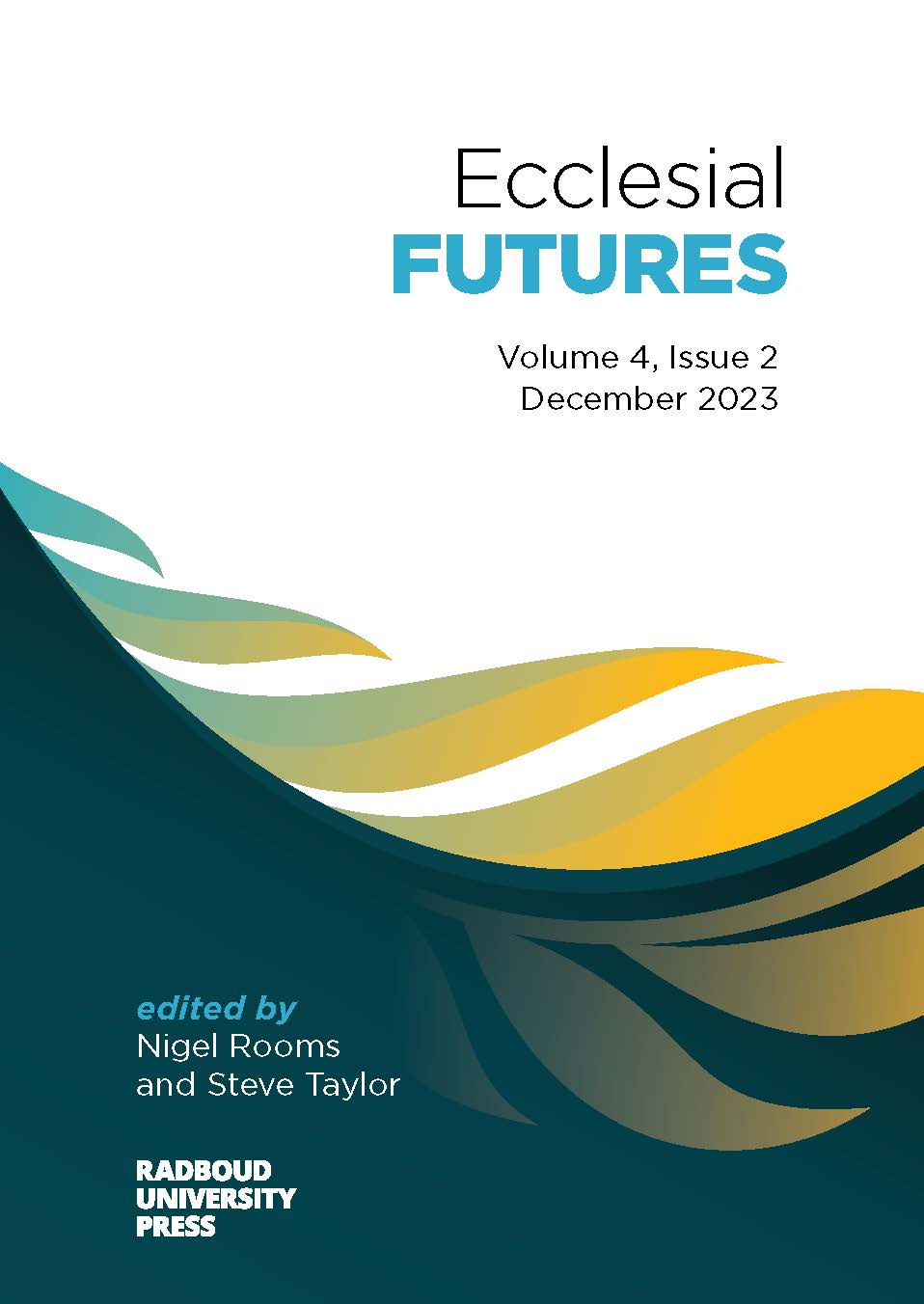A Congregational Study on Mission Readiness: Toward a practical ecclesiology of practical action
DOI:
https://doi.org/10.54195/ef13628Keywords:
Church praxis, church mobilization, mission readiness, congregational assessment, church engagementAbstract
The case study investigates mission readiness as a form of church mobilization involving participants and the investigator constructing a framework of ministry practices for analysis. The participants were from a local church interested in improving ministry practices for social engagement. I collaborated with a local church using a self-assessment tool I developed for church mobilization readiness assessments. The input following the assessment results was based on critical realism epistemology and ontology. Best practices of mission readiness served as a basis for facilitating participants using critical realism methodology in workshops. The workshops included participants using triangulation and thought operations. The question for the study was: how do congregations assign practical theological meaning in assessing their performance in mission readiness for church mobilization? The results demonstrate how a critical realism methodology helps transform and improve ministry practices. Critical realism thought operation methods were appropriate for practical theological analysis in church mobilization. Participants contributed additional action items for the framework. This article includes mapping tables with summary descriptions of elements of the framework. The mapping tables highlight transformation points to illustrate the results of participants’ self-assessments and planning activities to improve elements of
mission readiness. Further study may help investigators demonstrate how the framework is helpful beyond the limited use of the framework.
Downloads
Downloads
Published
Issue
Section
License
Copyright (c) 2023 Mark Harden

This work is licensed under a Creative Commons Attribution 4.0 International License.










